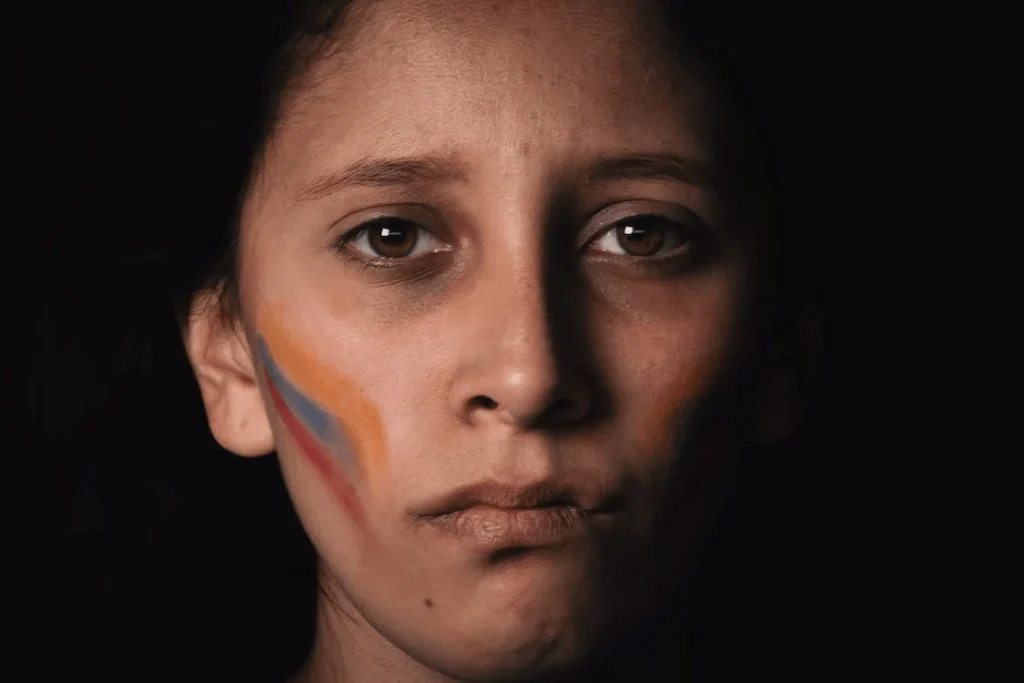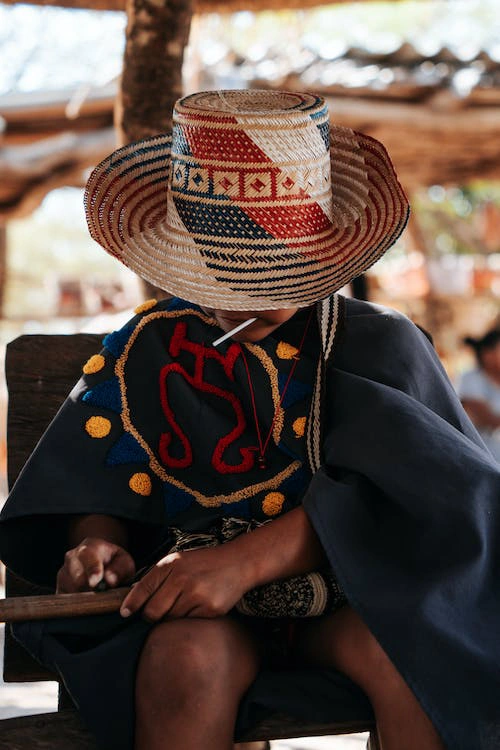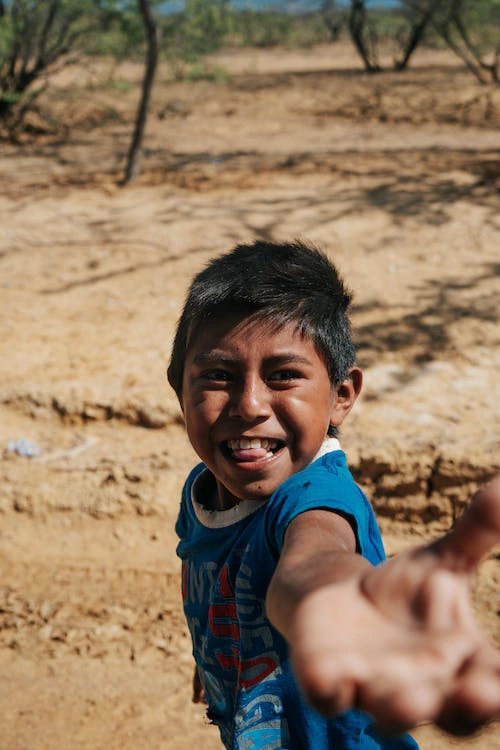Colombia is a country renowned for its great diversity. This does not only include the breathtaking nature the country has, which is one of the most varied in the world. Its diversity is also represented through its multicultural and ethnic identities.
5 Minutes

Colombia’s culture is so diverse that it has around 85 indigenous tribes. These groups have inhabited the country for centuries with their own customs. Their legacy is so important to the country as it represents a cultural heritage we need to preserve.
In Colombia, respectful travelers have the opportunity to engage in enriched cultural interactions. These experiences involve indigenous communities and go beyond any typical tourist attraction. And it has positive impacts on the locals as well.
Responsible travel to indigenous areas can create a positive impact on the communities. It promotes visibility and recognition of their value while enhancing their economic development. This way, future generations can also continue to share their heritage with the world.
As for travelers, this is a chance to discover Colombia’s diverse cultural tapestry. Immersing in the customs, traditions, and spirituality of these communities can be transformative. Here, we’re happy to tell you why and let you know what to expect from these experiences.
The Diversity of Colombian Indigenous Tribes
Colombia has many indigenous groups, each with its own customs, language, and practices. Among them, the Wayuu, Emberá, and Kogi communities are some of the most well-known. These groups inhabit various regions of the country. From the mighty Amazon rainforest to the remote Sierra Nevada mountain range. These protected areas are home to these indigenous communities.
The Wayuu, for instance, inhabit the arid desert region of La Guajira in northern Colombia. Their culture is deeply rooted in weaving. The renowned Wayuu mochila bags are a prominent example of their craftsmanship. Travelers can visit the Wayuu communities to interact with the locals. They can also meet their artisanal processes and buy their handmade crafts. These experiences are both enlightening and support their local economy.

Immersing in Indigenous Communities
For those in search of this meaningful ethnic experience, there are respectful ways to do so. A guided responsible trip to these areas ensures a safe interaction with the locals. These experiences can include visits to villages and participation in rituals and ceremonies. Some of them even contemplate homestays with indigenous families.
Visiting the Emberá group in Choco’s rainforest is a good example of this. Imagine yourself embarking on a canoe ride along the winding river with Emberás. After getting into their community, you can immerse yourself in their traditions. Typical dances, music, and spiritual practices. These are the usual activities from which one can gain valuable cultural insights.
The Kogi and the Sierra Nevada de Santa Marta
One of the most intriguing indigenous groups in Colombia is the Kogi. They inhabit the Sierra Nevada de Santa Marta. The Sierra Nevada is the world’s highest coastal mountain range. Kogi people have preserved their traditional way of life and profound spiritual beliefs. These beliefs hold their vision about the connection between nature and human existence.
Visiting the Kogi is a once-in-a-lifetime opportunity to learn about their unique worldview. Travelers can explore their ancient terraced farms and learn about their ecological practices. Listening to the wisdom of the Kogi spiritual leaders is, for certain, incomparable.
Respect and Responsibility
While engaging with indigenous groups comes a commitment to protect their culture. It’s important to remember that, in Colombia, these communities have faced historical hardships. Some of them include displacement and discrimination. So, it’s crucial to go with an open-minded and empathetic attitude.
When visiting their lands, travelers should also be mindful of the impact they can have. This not only implies the impact on the local people but also on the environment. These communities often live in protected natural areas. It’s important then that people recognize their territories as sacred. Given the connection with nature that these groups often have, this is more than sensible.
Be sure to ask for permission before taking pictures and always respect any sacred area. And keep in mind that, as with any other people, they have families and boundaries. If you don’t know if it’s OK to do something, please always ask. Adhering to the guidance of experienced guides can help ensure a respectful visit.

Preserving Indigenous Languages
No one should deny that language is a vital aspect of any culture. And Colombia’s indigenous tribes have their own distinct language mosaic. With more than 60 different indigenous languages, Colombia represents an important multilingual country.
Many of these languages are at risk, though. Because of that, it’s essential to support language preservation efforts. Tourism to these areas contributes to it through the visibility of these communities. This could raise awareness about the importance of our country’s ethnic heritage.